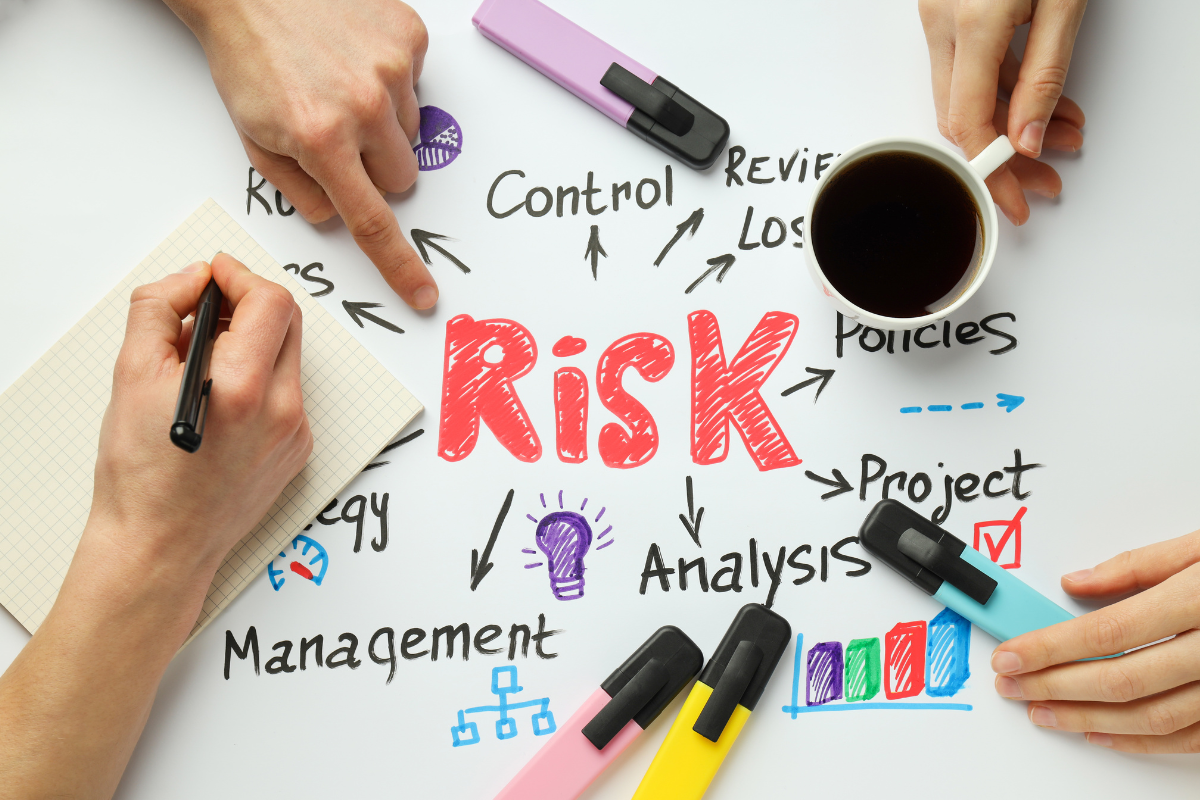Stakeholder analysis is a vital component of effective project management, enabling organizations to identify, understand, and prioritize the individuals or groups who can influence or are influenced by a project.
At its core, stakeholder analysis involves a systematic process of gathering and analyzing information about stakeholders to inform decision-making and enhance project outcomes.
It is a dynamic tool that evolves throughout the project lifecycle.
The Essence Of Stakeholder Identification
The initial step in stakeholder analysis is the identification of all potential stakeholders associated with a project.
This encompasses individuals, groups, or organizations that can directly or indirectly affect the project’s objectives or those who are affected by its outcomes.
Identifying stakeholders involves a comprehensive examination of internal and external environments, taking into account employees, customers, suppliers, government bodies, and even communities.
This step sets the foundation for a holistic understanding of the project’s ecosystem.

Mapping Stakeholder Interests and Expectations
Once stakeholders are identified, the next crucial step involves mapping their interests, expectations, and level of influence.
This goes beyond a mere listing of stakeholders and delves into the nuances of their involvement.
Understanding the specific interests and expectations of each stakeholder group allows project managers to tailor communication strategies and project approaches accordingly.
It also helps in anticipating potential conflicts or areas of alignment, fostering a more collaborative project environment.
Assessing Influence and Power Dynamics
An integral aspect of stakeholder analysis is evaluating the influence and power dynamics among different stakeholders.
Not all stakeholders have equal power or influence over a project. Some may possess significant decision-making authority, while others might have indirect influence through their networks or associations.
Identifying these power dynamics is crucial for prioritizing stakeholders and allocating resources effectively. It ensures that efforts are concentrated where they are most impactful.
Prioritizing Stakeholders For Effective Engagement
Stakeholder prioritization is a pivotal step that follows the analysis of interests and influence.
It involves categorizing stakeholders based on their significance to the project’s success.
High-priority stakeholders are those with substantial influence or whose interests align closely with project objectives.
Engaging with these stakeholders becomes a priority to secure their support and mitigate potential risks.
On the other hand, low-priority stakeholders may require minimal engagement but should not be completely neglected.
Integrating Stakeholder Analysis into Organizational Culture
For stakeholder analysis to be truly effective, it must become an integral part of an organization’s culture and decision-making processes.

Organizations that prioritize stakeholder engagement as a strategic imperative are better equipped to navigate complexities and find the answer to what is stakeholder analysis and what it really means..
This involves not only incorporating stakeholder analysis into project management methodologies but also fostering a mindset that recognizes the importance of stakeholders in shaping organizational success.
Tailoring Communication Strategies For Different Stakeholder Groups
Effective communication is at the heart of successful stakeholder management.
Once stakeholders are identified, analyzed, and prioritized, the next step involves tailoring communication strategies to suit the unique needs of each group.
High-priority stakeholders may require more personalized and detailed communication, while broader, more generalized messages may suffice for lower-priority groups.
Clear and transparent communication fosters trust and alignment, contributing to overall project success.
Adapting Stakeholder Analysis Throughout The Project Lifecycle
Stakeholder analysis is not a one-time activity but an ongoing process that evolves as the project progresses.
As project dynamics change, new stakeholders may emerge, and existing ones may alter their positions.
Regularly revisiting and updating the stakeholder analysis ensures that project managers stay attuned to the shifting landscape and can adapt their strategies accordingly.
This dynamic approach enhances the project’s resilience and responsiveness to changing circumstances.
Mitigating Risks And Enhancing Project Success
A primary advantage of stakeholder analysis lies in its capacity to detect and alleviate risks at an early stage in the project’s lifecycle.

Through grasping the apprehensions, anticipations, and possible disagreements among stakeholders, project managers are able to take a proactive approach in resolving problems before they intensify.
This risk reduction not only protects the project from disturbances but also adds to its ultimate success and ongoing viability.
Real-world Applications Of Stakeholder Analysis
Examining real-world case studies provides valuable insights into the practical application of stakeholder analysis.
Successful projects often attribute their achievements to a thorough understanding of stakeholder dynamics. Conversely, projects that encounter challenges or setbacks may reveal instances where stakeholder analysis fell short.
Learning from both successes and failures enriches the toolkit of project managers, enabling them to refine their approach to stakeholder management.
In conclusion, stakeholder analysis is a dynamic and multifaceted process that goes beyond the initial identification of key players.
It involves understanding their interests, assessing power dynamics, prioritizing engagement, and adapting strategies throughout the project lifecycle.
By embracing stakeholder analysis as a strategic tool, organizations can enhance communication, mitigate risks, and ultimately contribute to the success of their projects.



